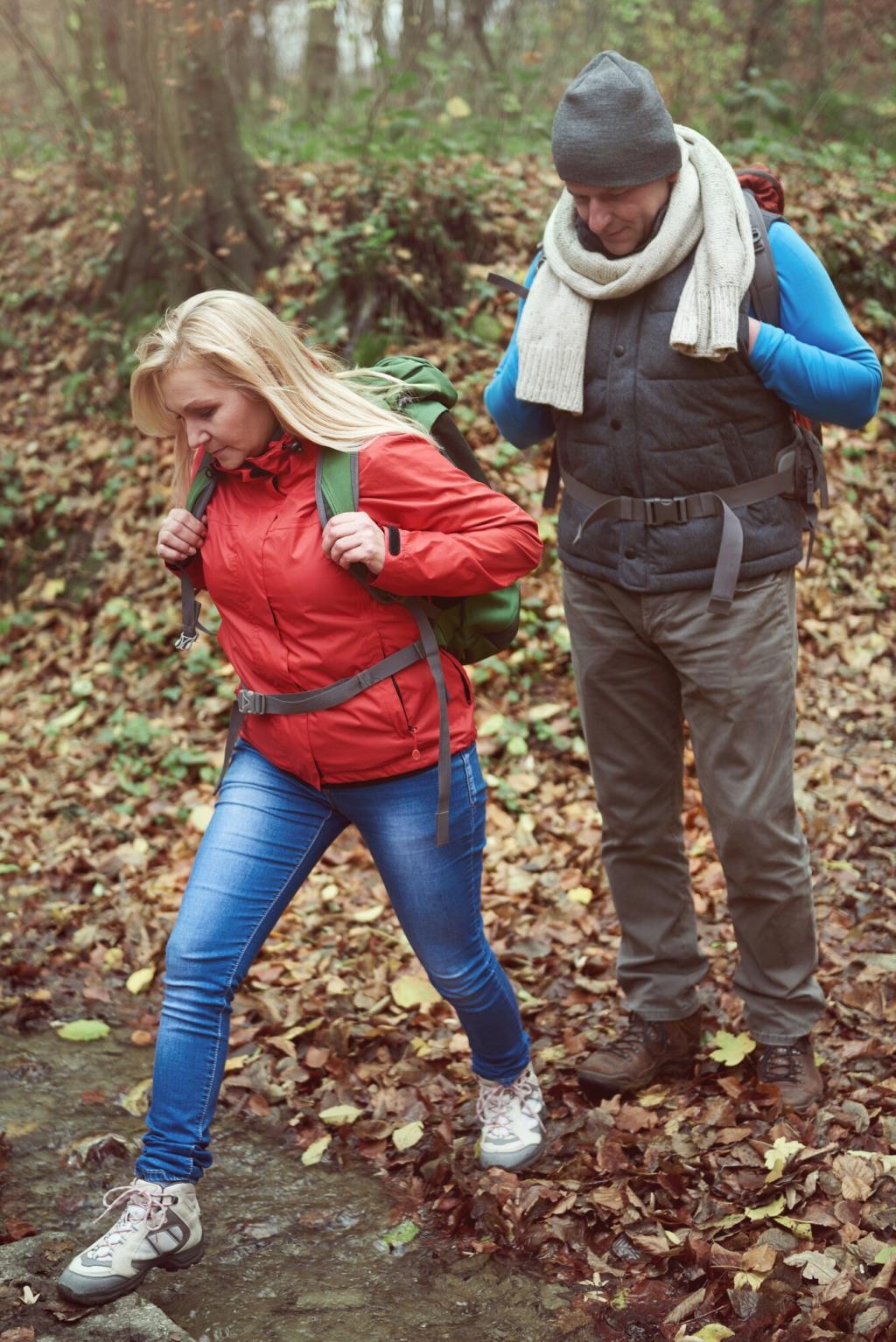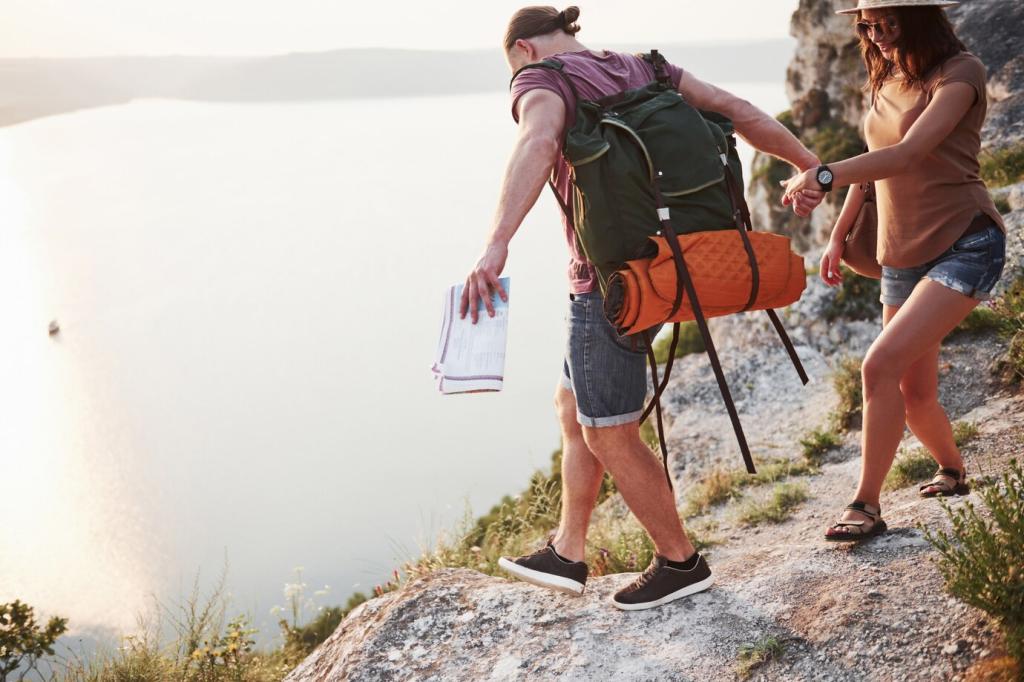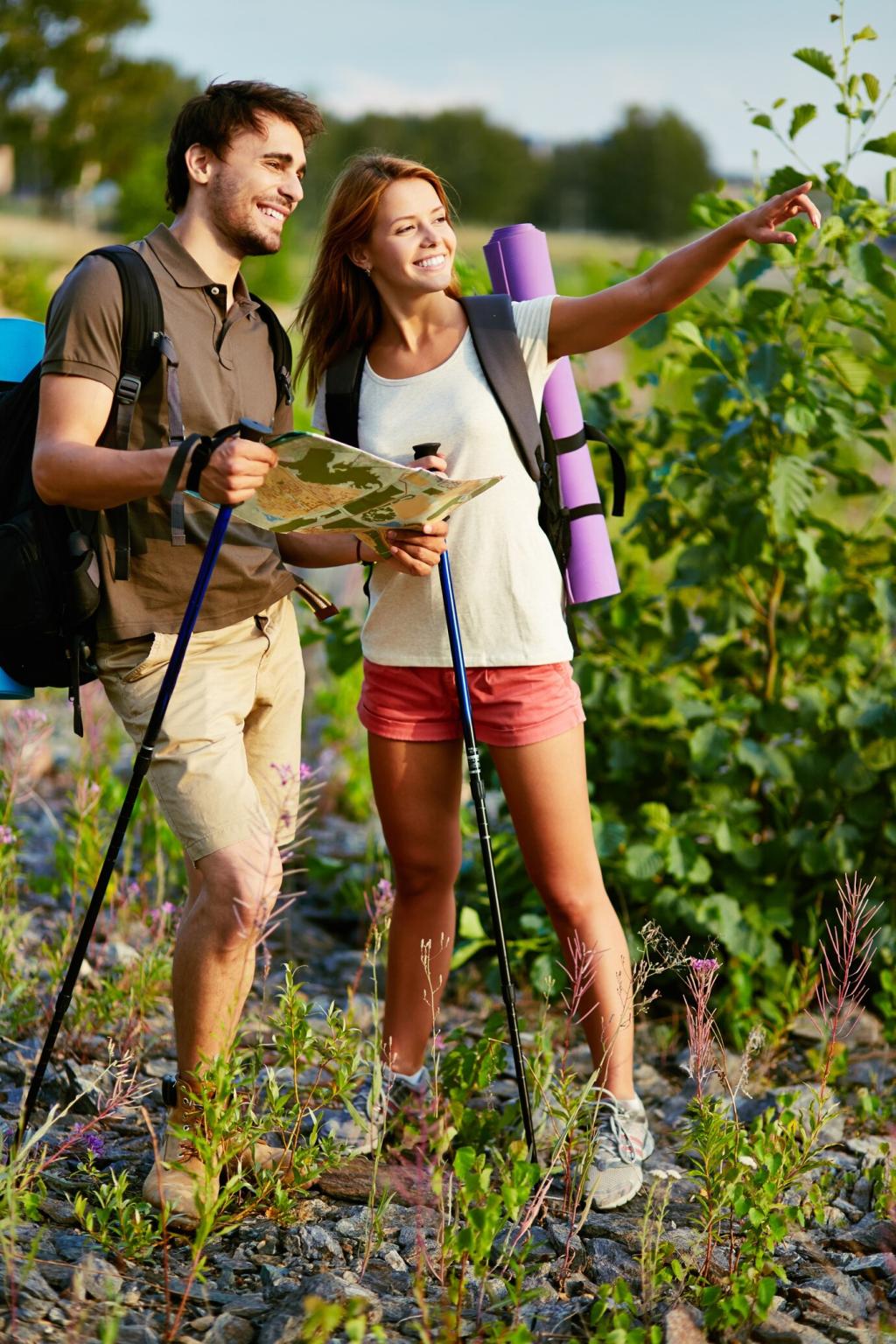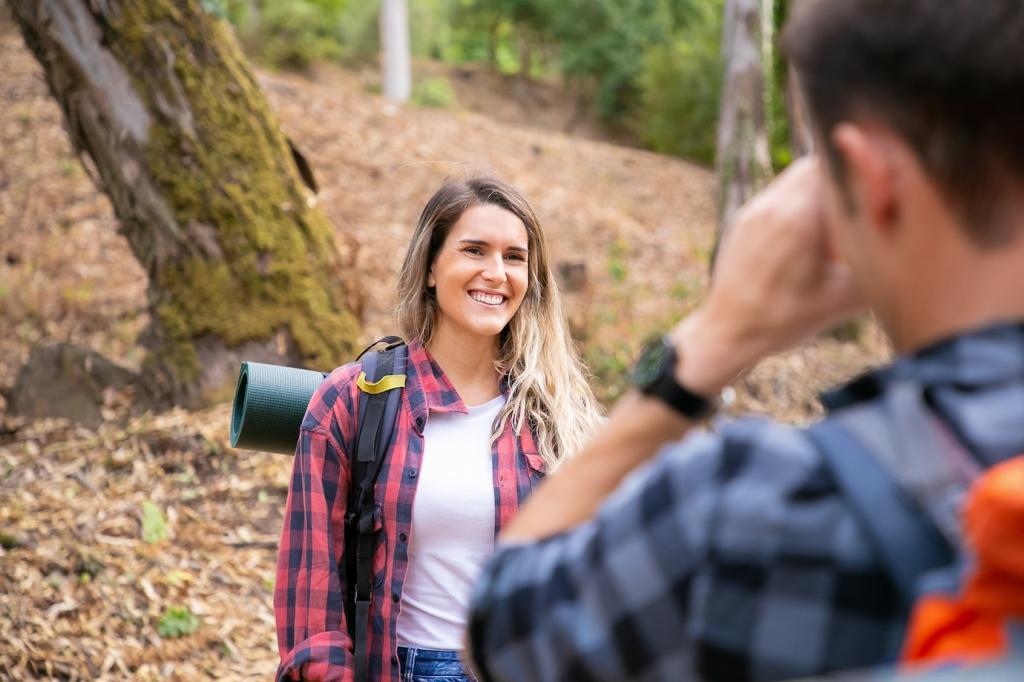Layer Up, Stay Out: Building Your First System
Choose merino or synthetic base layers that wick sweat and dry quickly. Skip cotton—once wet, it steals warmth. On cool days, carry a light spare top for the summit pause. What fabric feels best for you on humid climbs? Share your pick and why it works.
Layer Up, Stay Out: Building Your First System
Fleece warms while damp, and synthetic puffies shine in unpredictable showers. Store insulation in a dry bag so it’s ready the moment you stop. I’ve seen a beginner’s morale rebound instantly after a warm layer at a windy overlook. Tell us your miracle layer story.











